Subaru Outback Wilderness Review: The Plastic-Clad Ur-Wagon
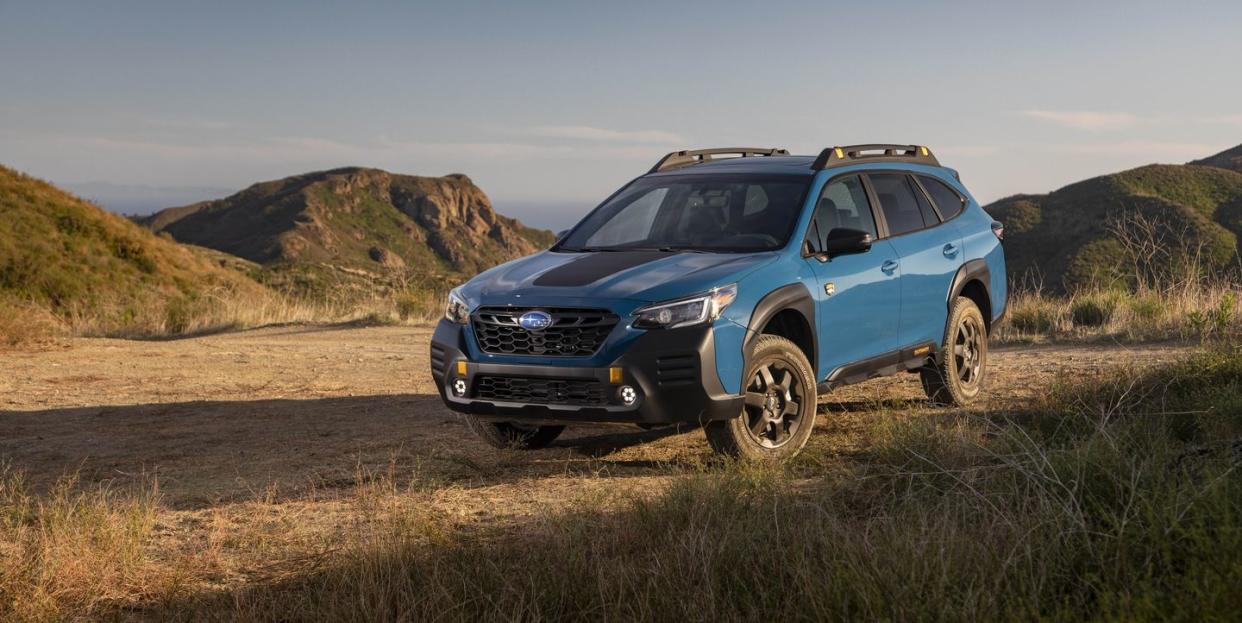
Sometimes life's best-laid plans get blown the hell up. In such cases, it's better to have a vehicle capable of rolling with it, willing to take life's punches on the chin and carry on. Like any Subaru Outback — a vehicle that's always placed versatility first. The new 2022 Wilderness version of this Subie stalwart more than lives up to that task.
Last month, my wife and I planned to join my parents and extended family for a vacation on the Oregon coast. That’s the whole extended family. We'd share a single sprawling vacation home overlooking Haystack Rock near Cannon Beach, a family tradition that stretches back decades. I hadn’t made it down in nearly six years, as I was chasing R&T around various offices in the eastern half of this great country. But this year would be different!
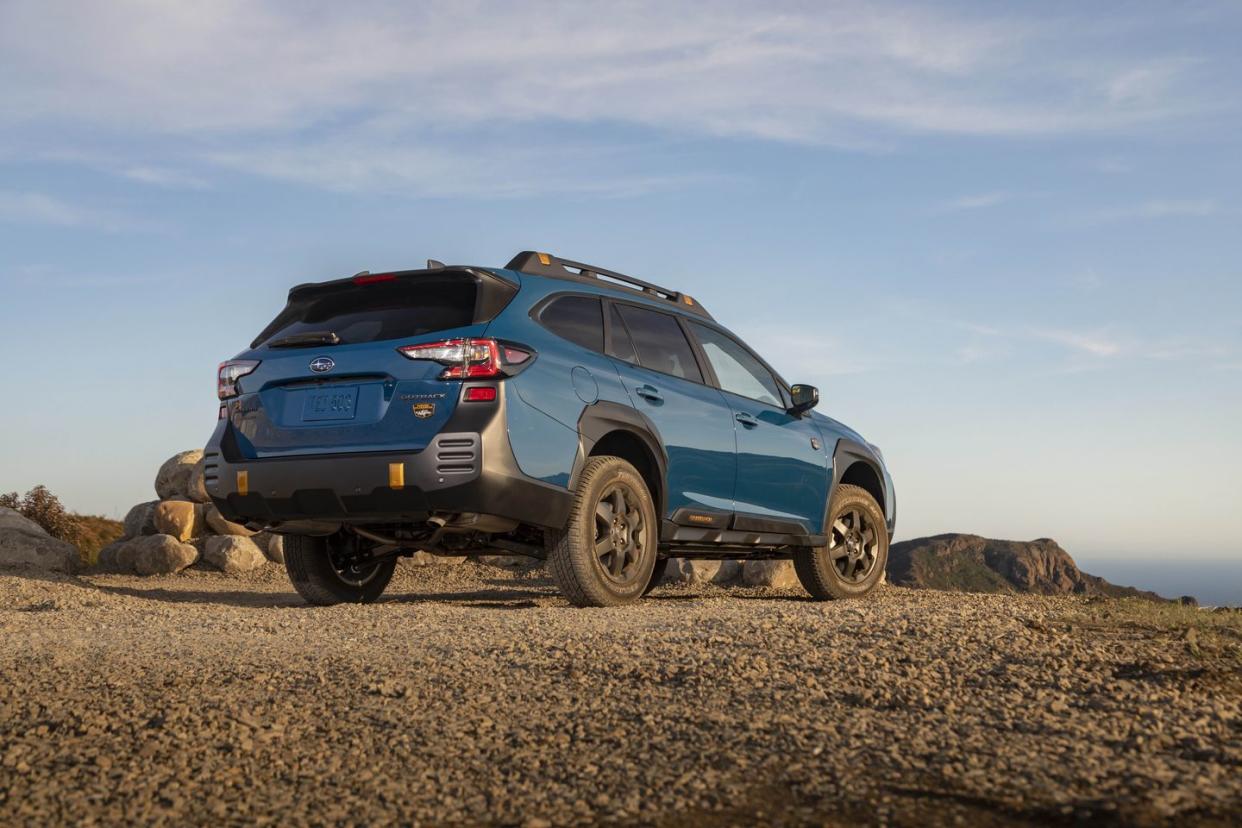
We borrowed an Outback Wilderness from Subaru and loaded up its hatch with a cooler full of marinating flank steak, another cooler full of cheap Mexican beer, and the odds and ends needed for a sunny getaway. Suitcases, snacks, bedding, beach towels, a golf bag. The Outback's capacious hold would come in doubly handy too: off the back end of the trip, on the return leg through Portland, I'd squish my new road bike into the back.
Loading the Outback's cargo area couldn't have been easier, even knowing the vacation gear had to be packed smartly, so a large road bike could join the party. The process sounds basic, and maybe insignificant, but there are little things that tend to go overlooked. Packing well can make or break an entire trip. Subaru covered all the bases.
The latches to lay the Outback's rear seats down operate intuitively and smoothly, are oversized and built sturdily. So in a surprise rain storm, you're not fiddling with a little leather pull tag as your gear is getting soaked. It's a vital consideration and a nice touch.
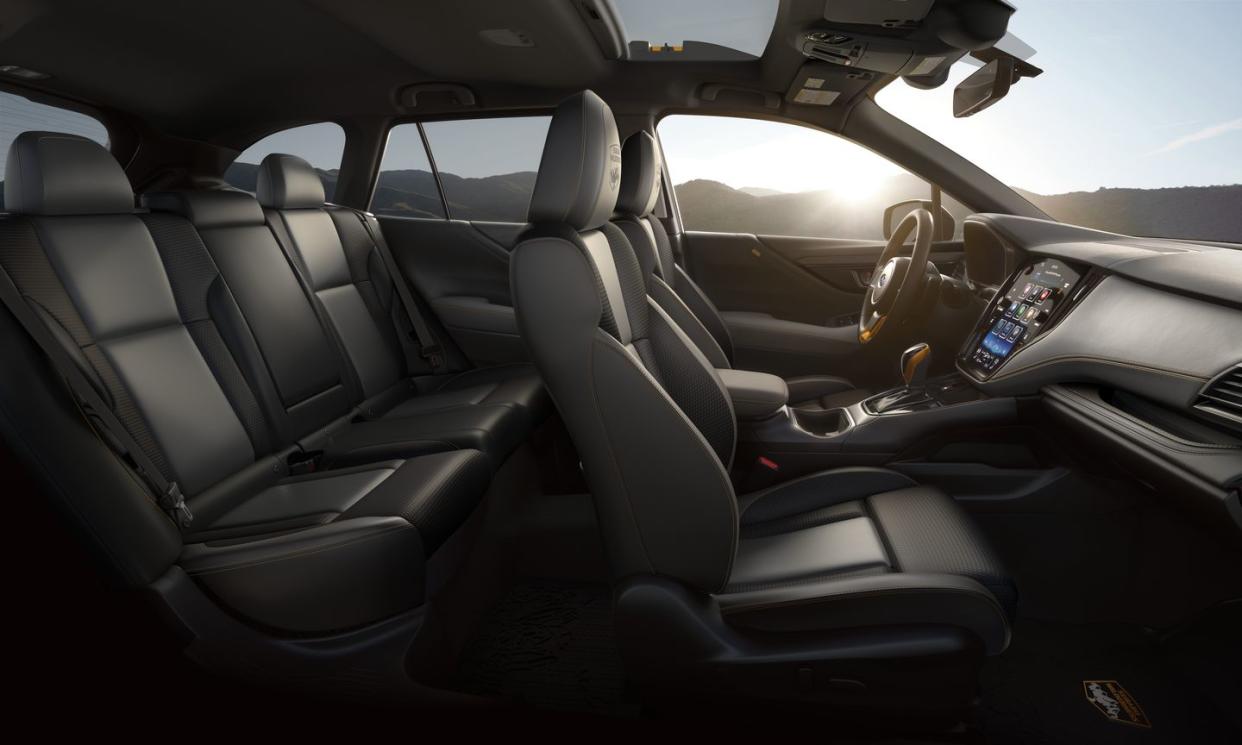
The wagon's rear doors and hatch open wide to allow anything that will fit through the portal created by the unibody's sheetmetal. Again, it sounds like a simple allowance, but consider my Toyota Tacoma's rear seats. Since the Taco's rear doors are limited in their range of motion when opened, rather than opening fully perpendicular to the truck, anything to be stored in the truck's cab must be put in at a severe angle. This limits what you can wedge into the back of the cab. Many long things and/or wide things that should fit in the back simply can't make it past the doors.
It's a problem that reared its ugly head recently when we picked up a set of heavily used outdoor furniture. With the Tacoma's bed entirely full, I couldn't even fit a small chair through the truck’s open rear doors. This necessitated two trips for one set of furniture. Whereas, with doors that open wide like the Subaru's, we could've fit the chairs into the cab.
You can't use every cubic foot of available cargo space if you can't get things through the vehicle's open portals in the first place. To that end, the Wilderness is fit for weekend adventures as well as any Outback. That's to say, it's excellent. You'd have no problem throwing ski bags, or four sets of golf clubs, or even plywood in the cargo area. So long as you don't need a truck bed to throw a dirt bike in the back, many families could make do with an Outback for a week away on the ski hill or at the campsite.
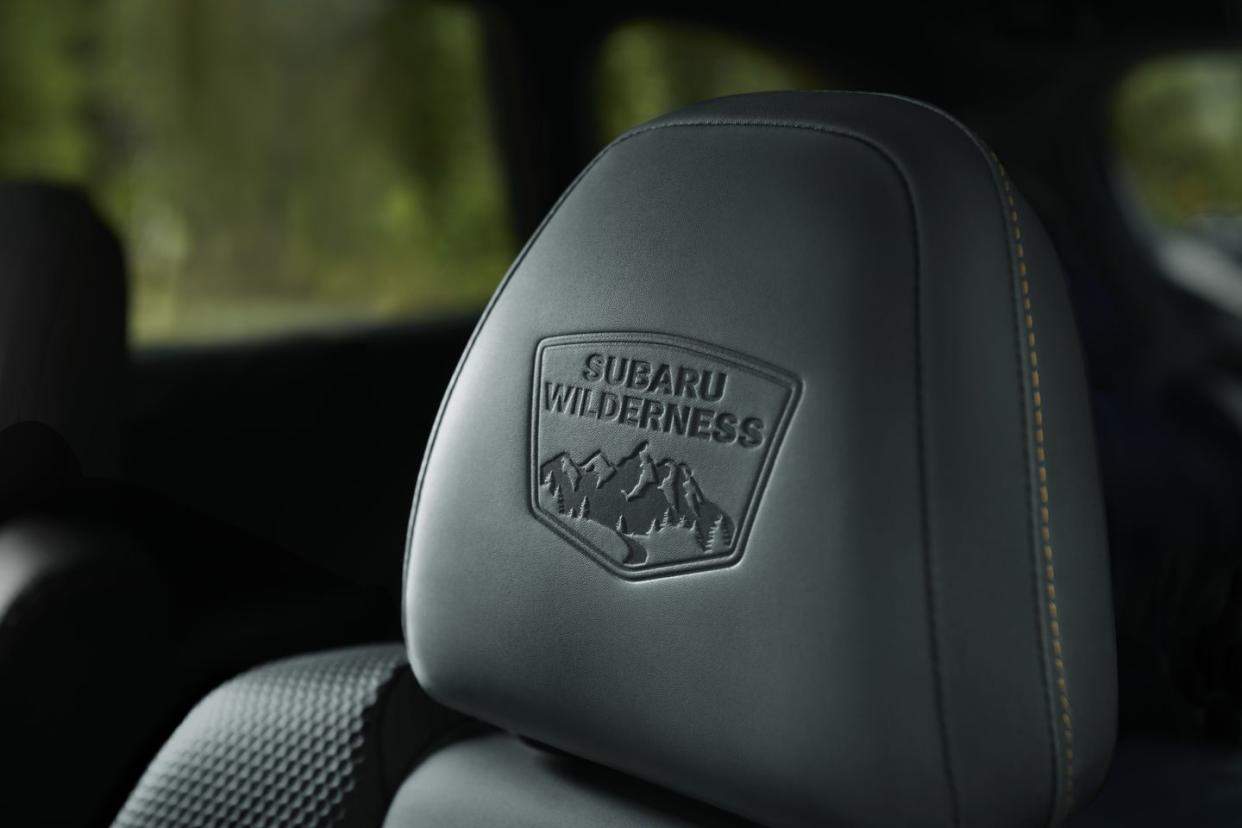
With the Wilderness's hold loaded, we began blasting down from Seattle to the Oregon coast. Infotainment niggles are my least-favorite thing to write about, but there are a few annoyances.
Subaru's infotainment UI is, in general, a mess: not terribly intuitive, often with the things you use most crammed along the bottom edge of the central screen. The HVAC controls are particularly frustrating. Adjusting fan speed on the screen while the car is jostling along the road proved distracting. Same goes for turning on the heated seats or the A/C, or simply getting the infotainment system to its "home" screen. Like my grandpa, who complained endlessly about the print size of the newspaper fearlessly said, THEY'RE TOO DANG SMALL. A row of three good-sized physical knobs could solve the entire problem and leave more room on the screen for navigation and/or music functions, which are often better suited to a touch screen in the first place. The whole system could use re-think, especially with how much real estate is given to each particular function compared to how often each function is used. Thank God there's a physical volume knob on the Outback's console, but the overall lack of physical controls is only made worse by the digital interface's poor performance.
Imagine in the future, a dynamic UI that catalogs the functions you use most, then adjusts the size and placement of these functions on your screen to achieve the highest degree of usability.
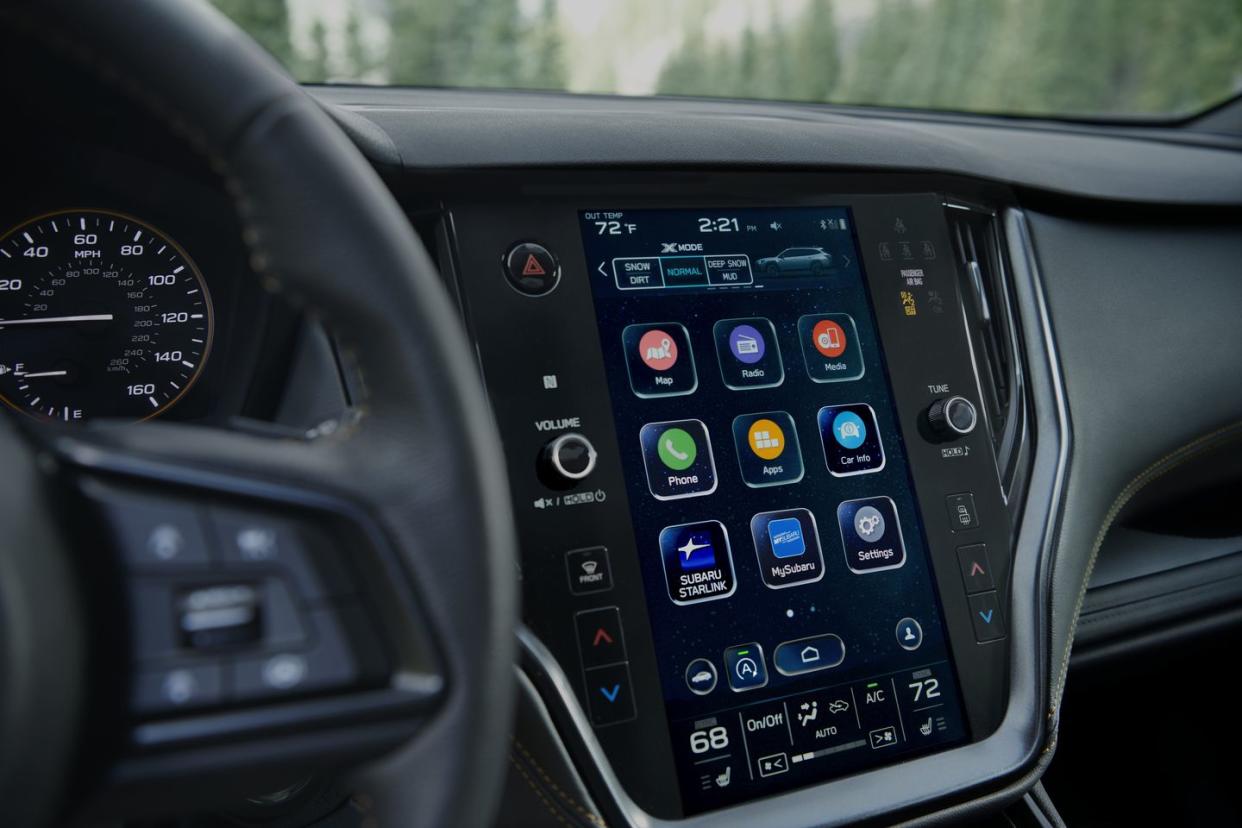
Another low for me: The stereo and speakers are among the worst I've heard in a production vehicle. I tried AM radio, FM radio, XM radio, streaming over bluetooth and CarPlay, plus a wired connection from my iPhone, which allowed me to try several different qualities of music, from low-bitrate YouTube nonsense to lossless audio files. Nothing sounded good on this stereo, except maybe the most bass-laden electronica via Sirius XM. But even that was mostly mush. Podcasts, which I listen to daily, were particularly egregious. Whether through the wired or bluetooth connection, I had to crank the volume on Subaru's end to make my podcast hosts' voices audible. Even then, their voices sounded muddy and flat. I adjusted settings on the source side, and tweaked a bit on the stereo's side, to no avail. At some point I just gave up and lived with Sirius XM's Chill station and just let the UNTZ UNTZ UNTZ UNTZ crash over my craven soul in a tidal wave of crunchy bass.
I'd have to budget for an aftermarket sound solution, were I shopping for an Outback. And, keep in mind, I listen to TAPES in my NA Miata through the stock stereo and own a Tacoma, which I previously thought to be the worst stereo on the market. Neither of them bother me enough to consider aftermarket upgrades. That's how low this Subaru's stereo sinks.
The rest of the interior is nice enough. The Wilderness package brings some visual punch-up, little hits of anodized material in a bright copper color. They do a huge amount to spruce up the otherwise dark interior, alongside streaks of copper stitching running along the dash, door cards, and steering wheel. Plus there are some silly little embellishments like Wilderness-branded fabric pieces hanging from the door that mimic a shirt tag. Sure. Why not?
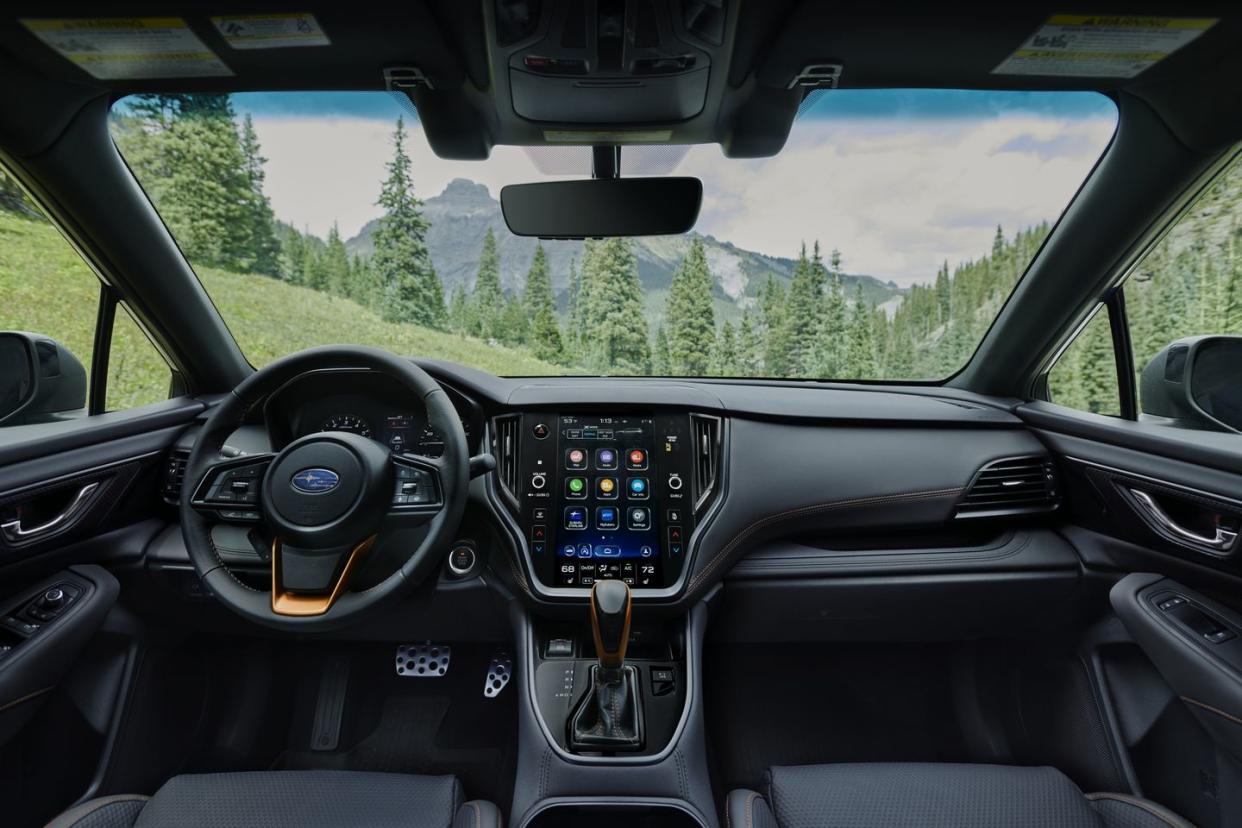
Thankfully, the Wilderness is a delightful freeway companion, stereo complaints aside. Usually the suspension lift+knobby tire combo are the death knell for road manners on the interstate, which often leads to a jarring and noisy ride from the tires, plus a wobbly disconnect between the chassis and body. But not here. The Wilderness seems to make use of the extra sidewall its 255/65R17 Yokohama Geolander A/T's provide, as well as the extra length afforded by its taller springs, and the added travel in its shocks. The steering wheel has a large dead spot in the middle, but the more-aggressive suspension, and whatever alignment settings it necessitated, still allows the Wilderness to track dead straight. It takes very little effort to keep this Outback pointed straight on a two-lane highway or interstate carpool lane, and that means the car contributes zero added fatigue to a long road trip.
Even the engine and transmission are up for the task. The 2.4-liter turbo four produces more than adequate grunt, 260 horses at 5600 rpm, but more importantly, 277 lb-ft. from just 2000 rpm. This boxer is punchy; I never felt the need for more power when throttling up for interstate mergers or sprints up to 90 to make a pass. The CVT eagerly delivered power when I wanted it, locking the engine into its powerband completely. I'm not looking to an Outback for performance credentials, but the Wilderness and its CVT tuning surprised me. The formula inspired dreams of a Outback STi, with just a few more horses and three pedals under the dashboard. Subaru would sell a million of those to repressed WRX STi fanboys and you're welcome to that idea, gratis.
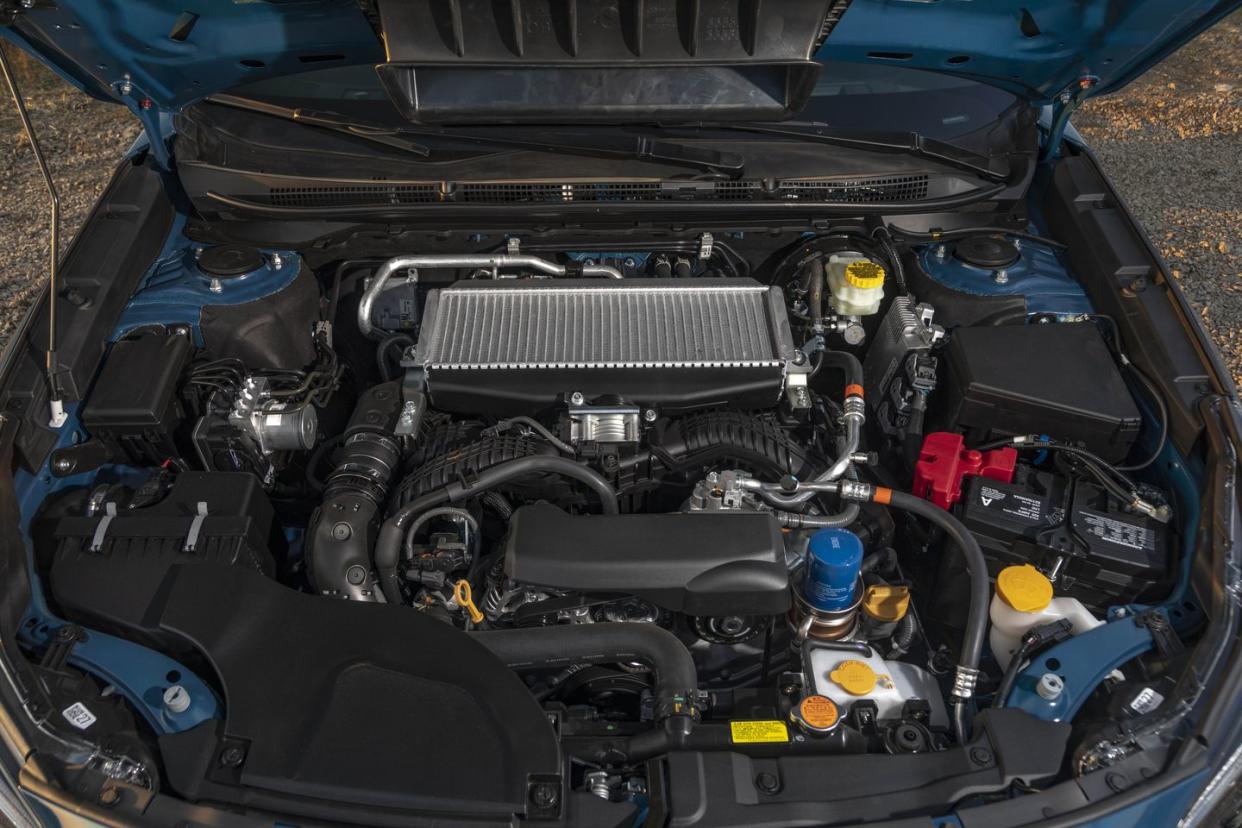
It was an altogether pleasant road trip down Washington's coast and into northwest Oregon, until it all went sideways.
Literally twenty minutes away from the vacation rental, after more than four hours on the road, a call from my mother. "Your cousin tested positive for Covid, which means everyone in the house has probably been exposed for days, what do you want to do?" Fatigued after a full work day plus hours of driving, and faced with a return trip under the cover of darkness, we decided turning around wasn't an option; it'd have to wait for the next morning. On a summer weekend, every hotel in the area was booked solid.
We turned to the Outback.
Emptied of gear, the Outback makes a fine vessel for car camping. You'd do well to bring along a sleeping pad and a bit of plywood to even out your bunk, but in a pinch, it sure beats Covid exposure. I'm surprised you don't see more car camping enthusiasts pimping Outbacks on Instagram. They're far roomier than r/battlewagon's darling, the XV Crosstrek, as capable on trails as most body-on-frame off-roaders, except over the gnarliest terrain, and yet they seem to fly under the radar.
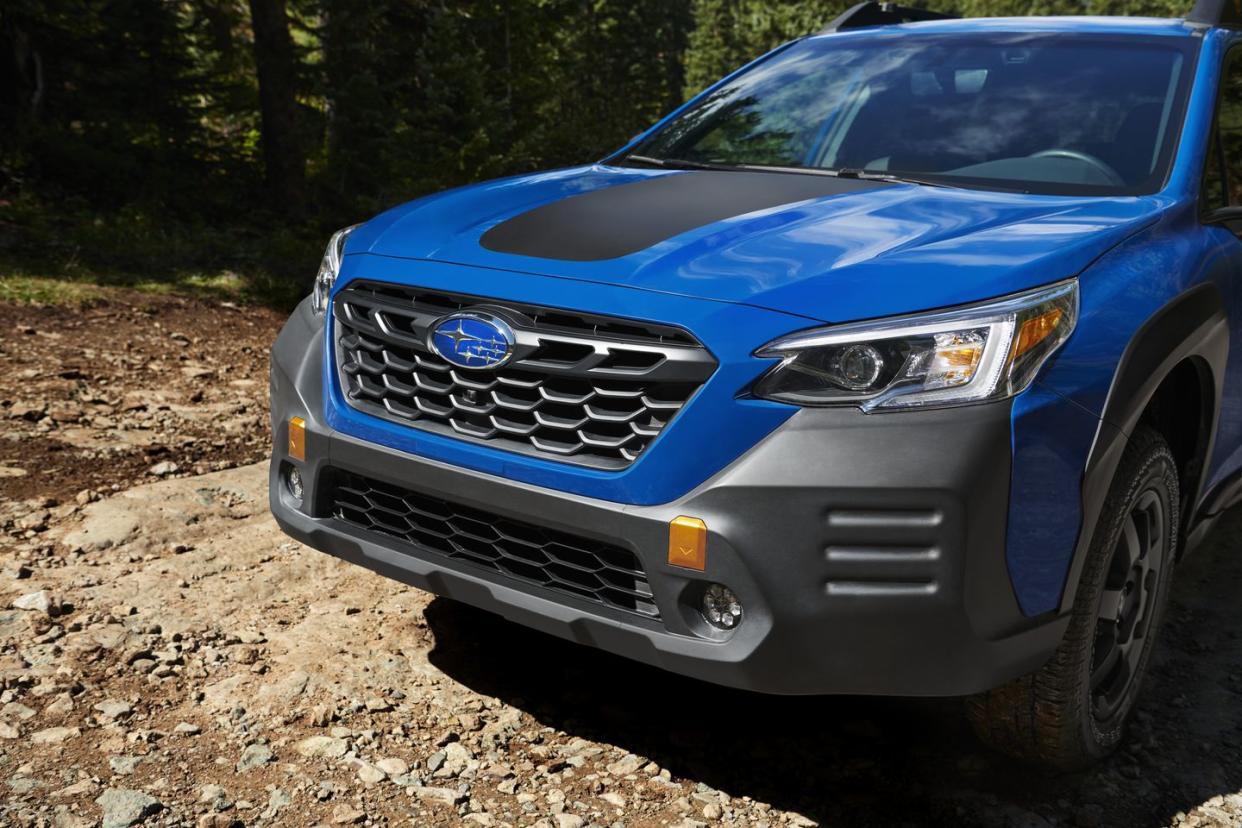
The next morning, we said our goodbyes from a distance and turned tail (at this point, five of the eleven people in the house had tested positive for Covid and by the end of the day, it'd be ten of eleven). My new bike wedged back into the cargo area without much fuss and we made it back home late the next day. All told, we averaged about 25 mpg, which I'd deem acceptable for a large vehicle with full-time AWD and a punchy turbocharged engine, but certainly not exemplary.
So how much of all this review is about the Outback and how much of it only applies to the Outback Wilderness? I didn't have the bandwidth to take the Wilderness deep off-road, so I can’t say definitively. But I've driven nearly every generation of Outback on snowy rutted country roads and never had one let me down. They're awesomely capable vehicles in the right hands and sticking knobbier tires and a suspension lift on one couldn't dilute that capability. Maybe even expand it.
Still, it's worth taking a look at what the Wilderness package actually buys you. Namely, it's 9.5 inches of ground clearance, more than an inch higher than your average Outback, and roughly equal to that of a Toyota 4Runner, for reference. That height comes courtesy of shocks and springs that were lengthened, plus the sidewall from those knobby all-terrain tires. There's also an "X-MODE" setting for the all-wheel-drive system, which Subaru vaguely claims offers "increased capability". The rear diff was revised with a final drive ratio of 4.44:1, which alongside some tuning of the CVT, improves the Wilderness's low-end torque, thus lending a billy goat's penchant for muscling up steep terrain (my words at the end there, not theirs).
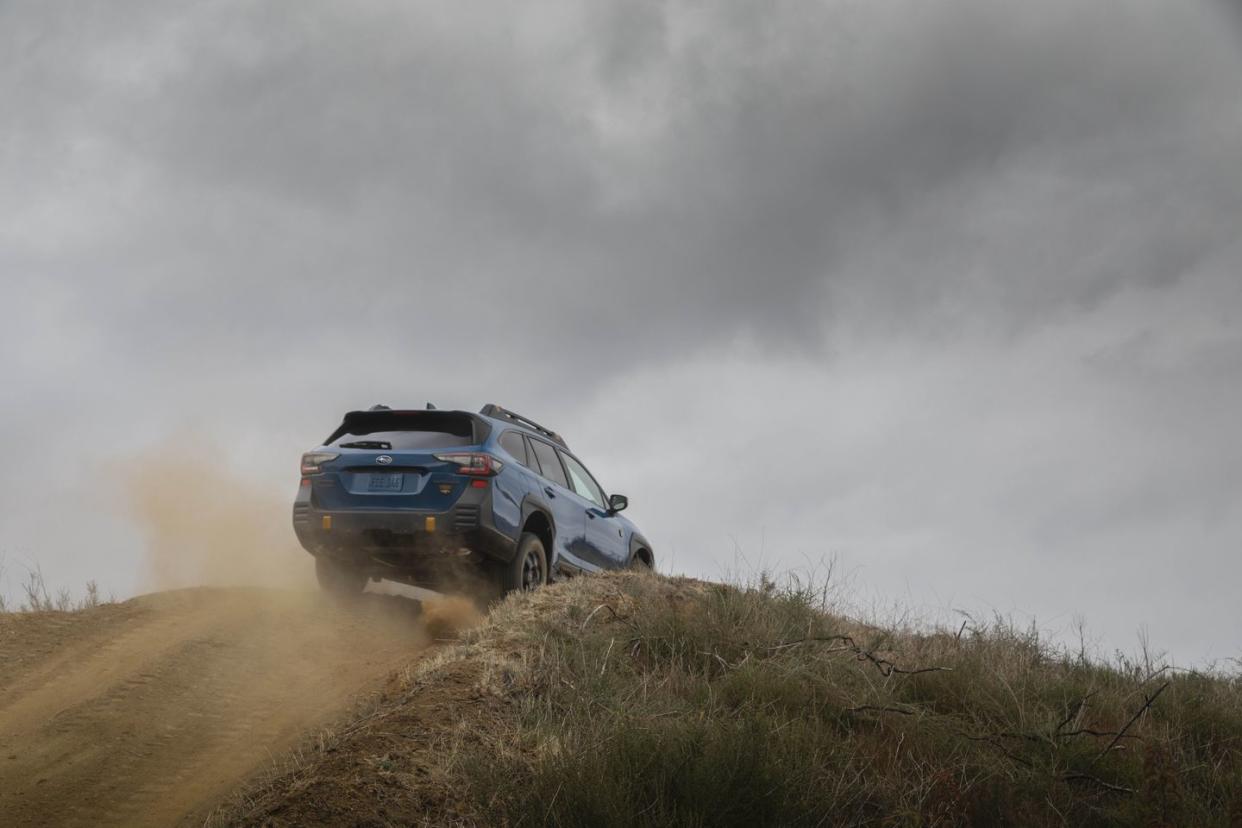
Plus there's a host of exterior additions; redesigned front and rear bumpers which improve departure angles. A skid plate and redesigned front grille sandwich the hexagonal LED fog lights. There's a black vinyl sticker on the hood and "Wilderness" branding plastered on everything else. Plus some roof rails, and more of those anodized copper accents that point to the tow points front and rear. Ah, and who could forget the controversial black cladding.
Around the wheel wells there are some fender flares. I can't rationalize the cladding. To some it'll look like rally fanboi pandering. To others, the plastic finish reeks of cheapness. All I can say is you'll like this thing, if you're a person who likes these things. I'm a hopelessly-PNW kind of person, so you could guess which side I fall on in the debate. Several Outback owners approached me to gush about the Wilderness, which simply doesn't happen. The Northwest is weird, man.
Finally, the price. This thing sets you back $38,695 plus a delivery fee. That slots the Wilderness in as the fourth-most-expensive trim in the Outback range (a base car costs $28,395 plus destination fee, the top Touring XT trim is $42,295, sans delivery). All the upper-tier Outbacks are priced near that $40,000 mark. The Wilderness gets textile seats rather than the leather of similarly priced trims, and the moonroof is not included in the Wilderness's base price, whereas the other high-end Outbacks (equipped with the 2.4-liter turbo four) all receive a moonroof as standard. Tack that sunroof on to the Wilderness's price and it's fairly level pegging.
Value is in the eye of the beholder, of course, but the Outback's overall versatility works in favor of the price tag. Yes, a $40,000 vehicle should have a much better stereo and far better infotainment system. But the Outback exists in a class of its own, so I could point you elsewhere, but really, the various Outback trims are their own biggest competitors. People do not cross shop the Outback with crossovers, because only an Outback is an Outback. Nor is the Outback an SUV or truck, which I imagine Outback buyers are keen to avoid. Even Car and Driver's calculus is flummoxed; on their site, the Outback's only in-class competitor seems to be... the Mini Cooper Clubman?
So if you're picking an Outback, go with this one. Given the Wilderness trim doesn't ding the Outback's baseline comfort in its pursuit of (even more) off-road capability, it seems like a no-brainer. If the Outback is the kind of thing you like, you'll like this kind of Outback.
You Might Also Like
